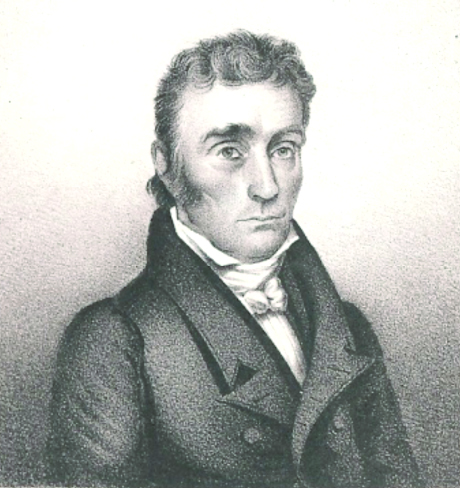By Ben Conarck, Valley News Staff Writer, Monday, April 15, 2013,
(Published in print: Monday, April 15, 2013). Used with permission.
Hartland — A team of archaeologists hired by the president of VTel to exhume a cemetery located on his 173-acre estate have unearthed fragments of Upper Valley history nearly two centuries old, but not without dredging up some new questions too.
The relocation of the cemetery, which occupied land purchased by VTel CEO and President Michel Guite, stirred up resistance from residents and led to a three-year legal battle over the rights of descendents to access the burial plot.
The case went all the way to the state Supreme Court, which sided with Guite in late 2011. Jerome King, a Hanover resident who has since died and whose family owned the property for 33 years, sued to prevent the unearthing of the cemetery where the ashes of his cremated parents were laid to rest.
[Although the cemetery move was controversial], most of those in attendance expressed only fascination as Kate Kenny, an archaeologist with the University of Vermont team who helped lead the dig at what’s known as the Aldrich Family Cemetery, gave a detailed presentation of findings yesterday at the town’s library.
After going through the history of the Aldrich family, who settled their farm on the property in the early 1800s, and the subsequent history of the cemetery land itself after it left family hands, Kenny began to work through an inventory of items unearthed at the site, slide-by-slide, in a post-mortem of sorts that shed plenty of light on the lifestyle of 19th century Vermont farmers.
“This is kind of where it’s fun, where we start analyzing all the information, everything we’ve found,” said Kenny. “There’s maybe a little bit of CSI going on, but you use everything you can to try and reconstruct, and in this case, none of the coffins survived.”
Due to the type of the soil where the burial plot was located, Kenny explained, there were very few personal items recovered from the grave sites. But she added that was also due to the burials occurring in the earlier half of the 19th century, a time when people were rarely buried with their jewelry, or even in their own clothes.
Some of the later graves at the site had hardware from the coffins such as nails, screws and hatches, which clued archaeologists in on the types of coffins used there, during a time before bodies were embalmed prior to their burial.
“The cemetery is at the one tradition of burial and bordering another,” Kenny said.
As for the lengthy archaeological process, that too was complicated by outside factors. At one point in the presentation, the room erupted into laughter when Kenny explained what had led to delays by clicking to the next slide: an image of a burrowing creature standing on its hind legs with an expression that almost told of the critter’s satisfaction with its natural role.
Burrowing creatures apparently went to work all over the cemetery grounds, displacing earth and human remains in the process. Kenny said that once the crew found a part of a corpse that had been carried closer to the surface by a creature above a marked grave site, it had to stop digging with machines and start excavating by hand.
Going into the dig, Kenny said, she expected to find a maximum of 10 bodies buried there, which she did find, not to mention a family cat. But that’s where the unanswered questions come in.
“The thing is, I found 10 people, and the cat, but some of them were different people (then who she was expecting),” Kenny said.
While she has some “leads” on the two unidentified bodies uncovered there, Kenny couldn’t pinpoint exactly who the people were, despite employing all the research tools at her disposal.
After the presentation, John Crock, director of the UVM Consulting Archaeology program, said that he was reluctant to take up the Hartland job in the first place because of the controversy surrounding the cemetery. He said that it was presented to him by Guite as something that was going to be done either way, and he wanted to get involved “to do it right.” The UVM team received more than $70,000 for their work.
Les Motschman, a Hartland resident and treasurer of the historical society, said given the extent of the report and the work to create a new cemetery for the Aldrich family, it was clear a lot of effort went into the project.”
“Obviously, Mr. Guite spared no expense, so I think you have to hand it to him,” Motschman said. “It’s been a very controversial thing, and some people would try to do it at the least expense to just get it out of here,” he said.
Motschman described the new burial site as one meant to resemble an “old New England cemetery,” but there was just one thing giving away its true age: the grave markers.
“Except it doesn’t look like New England,” said Motschman, “Because it’s not native stone.”












